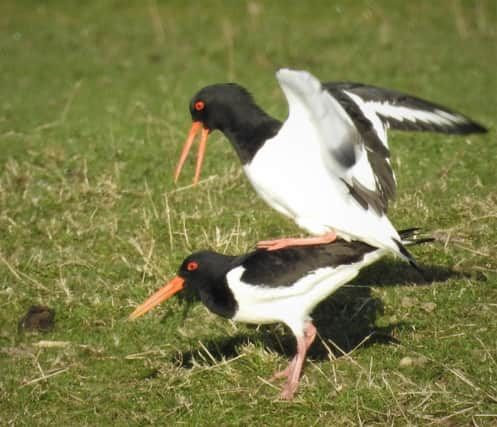A new arrival in the Peak District


Indeed, the most frequent contact with a largely seaside bird was to hear them whistling as they passed overhead at night.
However, this has changed and the bird is increasingly common as a breeding species.
Advertisement
Hide AdAdvertisement
Hide AdAt sites such as Chatsworth House, oystercatchers now breed regularly on the banks of Derbyshire’s River Derwent and the lawns in front of the great house.
It seems that inland breeding has spread down from Scotland and in northern England over the last 30-40 years.
In coastal habitats, the oystercatchers feed on shellfish such as mussels.
They even specialise in their feeding techniques – into those birds which prise the shell open and other birds which simply smash the shells to pieces.
Advertisement
Hide AdAdvertisement
Hide AdThey do one or the other, but an individual bird rarely does both; their skills are finely honed and practised.
Once the birds move to inland breeding however, they seem to feed on earthworms in damp pastures and maybe on other invertebrate animals too.
They occupy a similar niche to the lapwing.